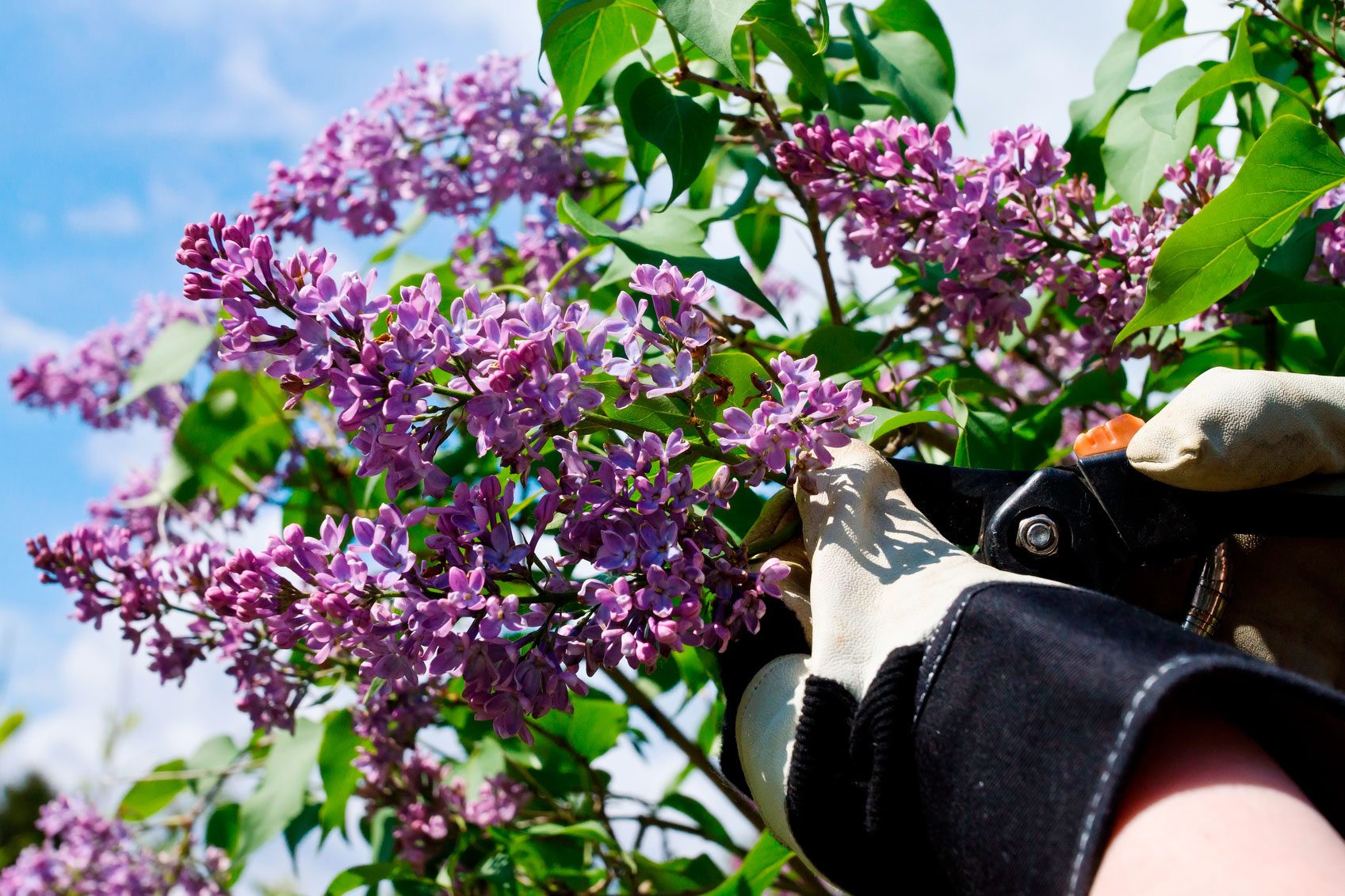Many gardeners believe that pruning lilac is not necessary, because the shrub is unpretentious and feels great without any attention. But experienced gardeners say that pruning the bush – a very important (if not the main) stage of care for lilac.
Kyiv. Ukraine. Ukraine Gate – June 10, 2021 – Agriculture
The fact is that pruning stimulates the formation of new shoots, which are laid flower buds for next year. Pruning inflorescences that have completed flowering should not be delayed, otherwise, they will begin to tie the seeds and expend energy on its formation, taking nutrients from the bush. The more food goes to laying the seeds, the worse the quality of new inflorescences will be in the future.
How to prune panicles of lilac?
Prune to the nearest branch, trying not to leave stems between the slingshot. Then on the grown side branches will be laid flower buds for next year.
Under no circumstances should you prune the flower panicles along with part of the branch unless you plan to thin out the shrub and remove the interfering branches.
How to form a lilac bush?
This can also be done after the lilac has finished flowering or with the onset of spring. You can cut the branches that grow inside the bush or strongly deviate to the sides. You can also reduce the height of the bush, but in this case next year the flowers will be much smaller.
If the lilac bush has a lot of young shoots, then anything that interferes can also be pruned. It is enough to leave 4 main trunks that other growth did not take away force from a bush.
If the lilac bush is more than 6-7 years old, and it has developed strongly in height, the inflorescences will be difficult to reach, and it will be difficult to cut them, which means that over time the flowers will become smaller and thinner. To avoid this, it is better to immediately carry out rejuvenating pruning and thinning of the bush. Lilac will quickly grow new shoots, but they will bloom only a year later.
Is it really better to break off lilac branches?
There is a common belief that lilac should be broken, not cut, and the more you break, the better the bush will bloom later.
You can’t do that. Rare varieties of lilac are constantly destroyed in park gardens in this way.
Each pruning is a stress for the plant, so it is important to use a quality sharp pruner. The proper straight cuts of the secateurs will heal quickly, and broken split branches (wounds) will heal for a very long time and will be a source of various infections.
Also, lilac should not be planted in a damp and dark place, because the bush, although not demanding, but still loves light soils and sunny places and does not tolerate stagnant moisture at the roots. In autumn, lilac is recommended to feed with phosphorus-potassium fertilizers.
Read also: Microelement Fertilizers and Growth Stimulants for High Yields
Source: Ukrgate







